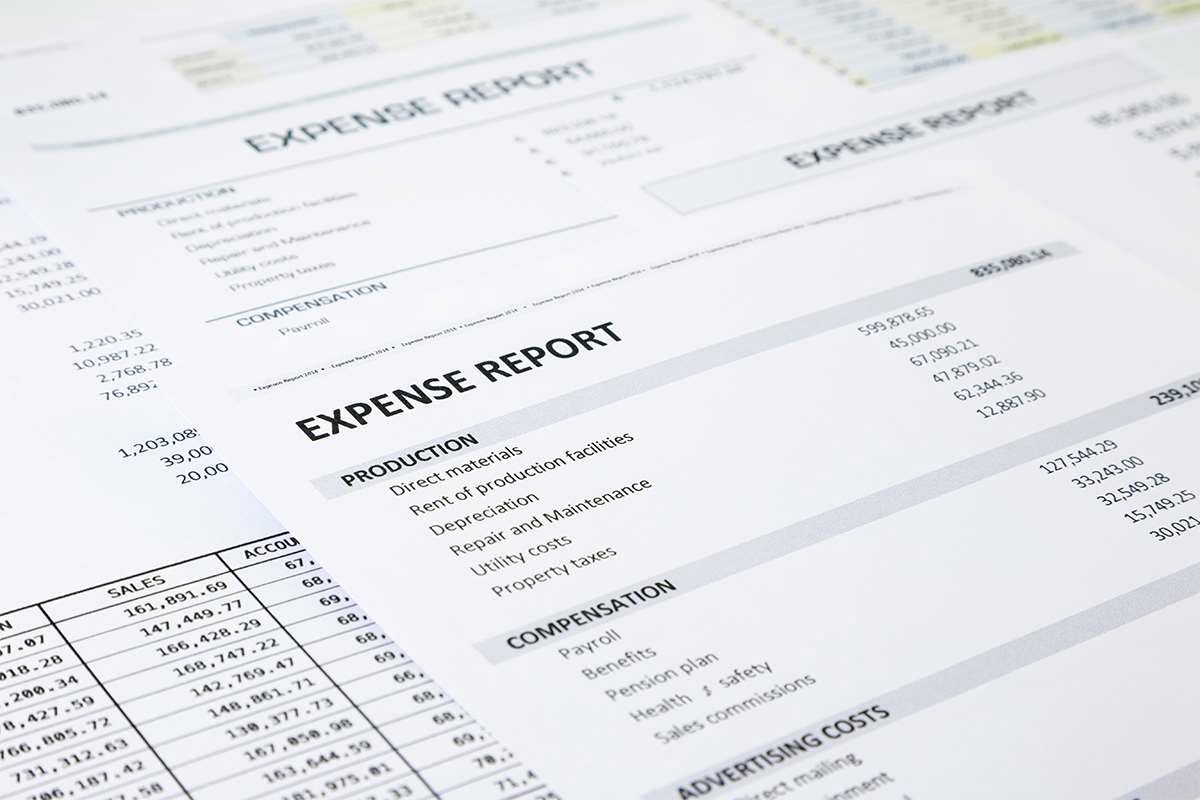
For example, a gas station may issue a force pay debit memo to authorize and force the payment before allowing a customer to pump gas. At first glance, a credit memo and refund might seem like the same thing, but there’s a difference. Technically, a refund involves a reversal of the original purchase transaction. For example, let’s say you purchase an item of clothing from a local retailer with a 30-day return policy. One week later, you decide to return the item after realizing it doesn’t fit properly. When an original invoice is sent with an amount that was too low, a debit memo may be sent with the incremental correction.

Debit memos are necessary for a transparent banking system and help you know what you are charged for. So, from now on, the next time a debit memo comes your way, you will find it familiar. Debit memos have specific purposes and are used only for adjustments beyond normal debits.
How to create a debit memo
The document is issued when there is a discrepancy in the amount owed, additional charges incurred on the purchase, change in order quantity or taxes, etc. The debit memo helps a business update its original invoice without issuing a new invoice. Debit notes are generally issued when goods are purchased on credit. Businesses will record information on most credit memos to keep track of essential transaction data. For example, a bank issuing a credit memo for a mortgage payment may record the customer’s name, branch, and account number. Here is a list of details often included in a credit or debit memo.
- We endeavor to ensure that the information on this site is current and accurate but you should confirm any information with the product or service provider and read the information they can provide.
- But without more information, it’s hard to know what the credit memo is for; why you received extra money in your account.
- Debit memos can arise as a result of bank service charges, bounced check fees, or charges for printing checks.
- This document is useful for clarifying the nature of any corrections to an existing billing, or any additional charges or penalties being applied by the seller.
The bank’s use of the term debit memo is logical because the company’s bank account is a liability in the bank’s general ledger. The bank’s liability is debit memo meaning reduced when the bank charges the company’s account for a bank fee. Hence, the credit balance in the bank’s liability account is reduced by a debit.
Meaning of debit memo in English
A debit memo can notify that the bank account balance of a customer has decreased for reasons other than a cash withdrawal, usage of a debit card, or a cashed check. Debit memos may arise due to insufficient funds fees, bank service charges, check printing fees, bounced check fees, overdraft fees, etc., leading to money withdrawal from a customer account. A debit memo (also known as a debit note or debit memorandum) is a document used to notify a customer of an adjustment or correction that has been made to their account resulting in a reduction of funds.
In business-to-business transactions, a debit memo is an adjustment procedure following an inadvertent under-billing of goods or services purchased a customer. Debit memos can arise as a result of bank service charges, bounced check fees, or charges for printing checks. A debit memo (debit note) is a document a seller uses to notify a buyer that their account has been debited or charged for a specific transaction.
